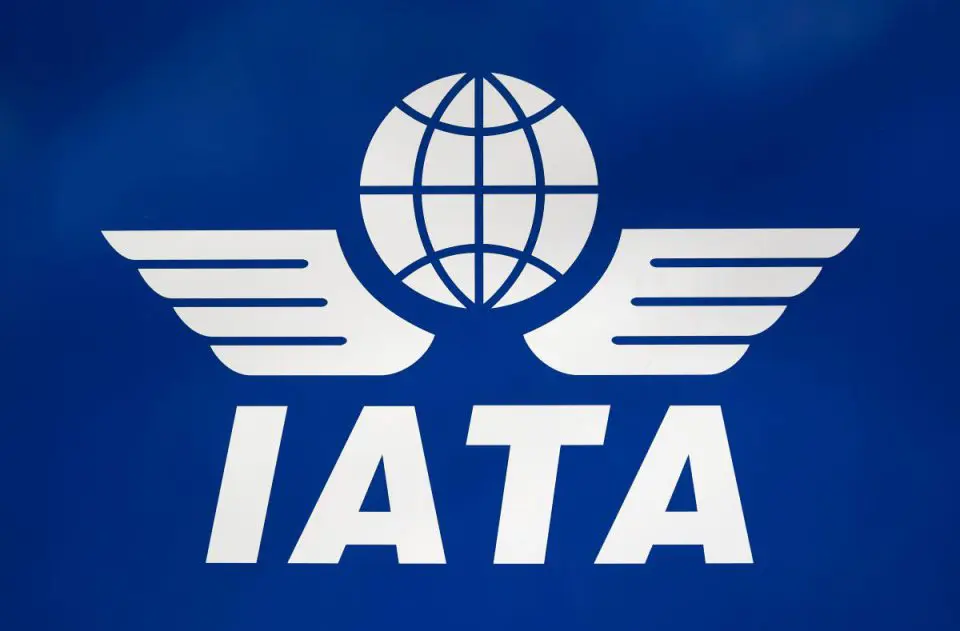KUALA LUMPUR, March 10 — Total demand for air travel in January 2022 jumped 82.3 per cent year-on-year (y-o-y) but slid by 4.9 per cent as compared to December 2021, the International Air Transport Association (IATA) said.
Based on seasonally adjusted basis data, IATA reported that domestic air travel in January 2022 was up 41.5 per cent compared to one year ago but fell 7.2 per cent compared to December 2021.
International revenue passenger kilometres or RPKs rose 165.6 per cent from January 2021 but fell by 2.2 per cent month-on-month between December 2021 and January 2022.
“The recovery in air travel continued in January this year, despite hitting a speed bump called Omicron. Strengthened border controls did not stop the spread of the variant.
“But where population immunity was strong, the public health systems were not overwhelmed. Many governments are now adjusting Covid-19 policies to align with those for other endemic viruses,” IATA director-general Willie Walsh said in a statement.
He said this includes lifting travel restrictions that have had such a devastating impact on lives, economies and the freedom to travel.
Walsh said that the January figures do not include any impact from the Russia-Ukraine conflict which began at the end of February.
He also expects the resulting sanctions and airspace closures to have a negative impact on travel, primarily among neighbouring countries.
Walsh noted that the Ukraine market accounted for 3.3 per cent of European passenger traffic and 0.8 per cent of global traffic in 2021, while the Russian international market represented 5.7 per cent of European traffic (excluding Russia’s domestic market) and 1.3 per cent of global traffic in 2021.
“Airspace closures have led to rerouting or cancellation of flights on some routes, mostly in the Europe-Asia and also in the Asia-North America market.
“This impact is mitigated owing to greatly diminished flight activity since borders in Asia were largely closed owing to Covid-19,” he said.
In 2021, RPKs flown between Asia-North America and Asia-Europe accounted for 3.0 per cent and 4.5 per cent, respectively, of global international RPKs.
In addition to these disruptions, the sudden spike in fuel prices is putting pressure on airline costs.
“When we made our most recent industry financial forecast last autumn, we expected the airline industry to lose US$11.6 billion (RM48.57 billion) in 2022 with jet fuel at US$78 per barrel and fuel accounting for 20 per cent of costs.
“As of March 4, 2022, jet fuel was trading at over US$140 per barrel. Absorbing such a massive hit on costs just as the industry is struggling to cut losses as it emerges from the two-year Covid-19 crisis is a huge challenge,” said Walsh.
He also said that if the jet fuel price were to stay that high, then over time, it would be reasonable to expect it to be reflected in airline yields.
— Bernama





